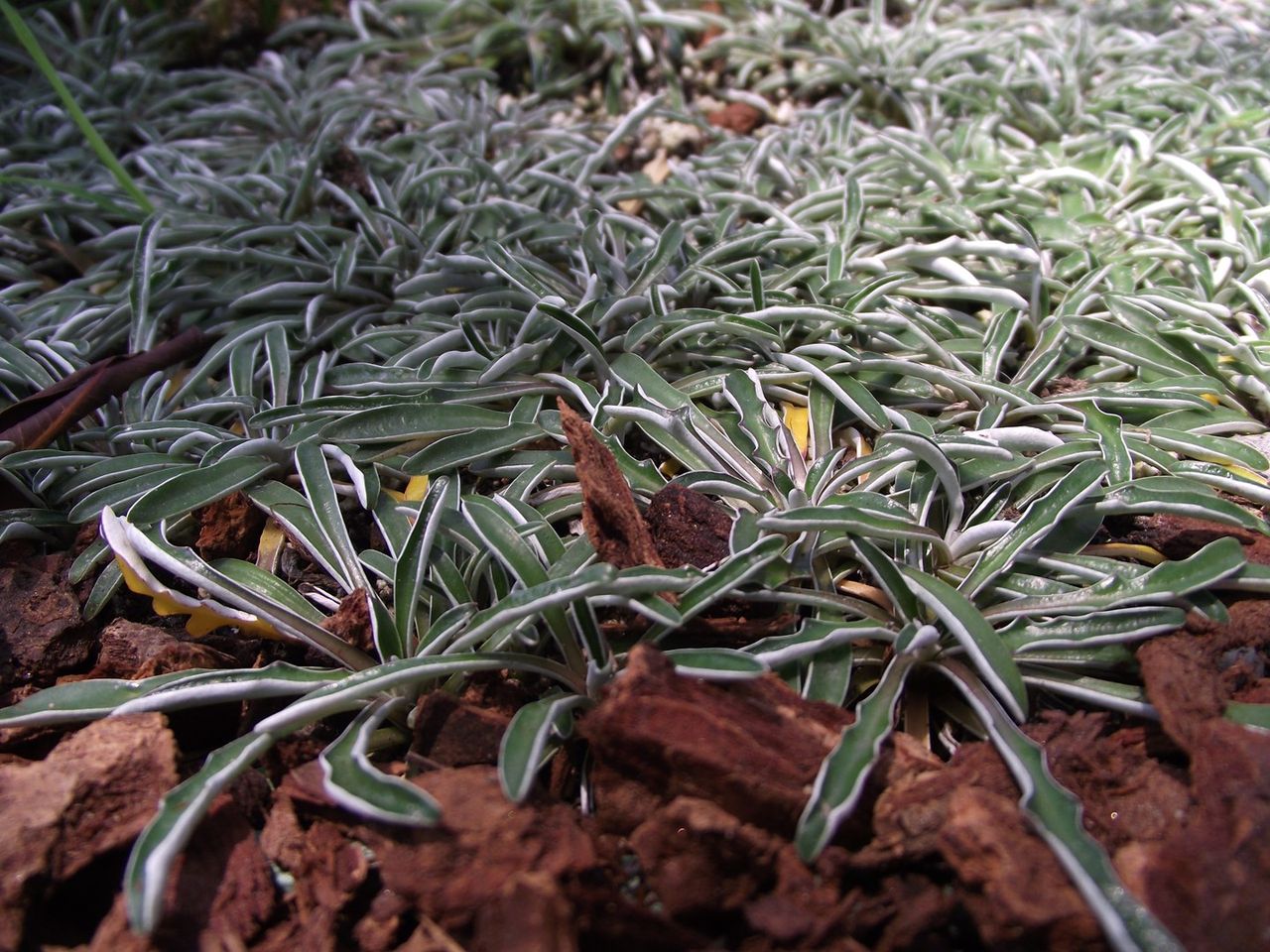Planting Dymondia – Learn About Dymondia Silver Carpet Plants


Dymondia silver carpet (Dymondia margaretae) is a delightfully dense, drought tolerant, 1 to 2 inches (2.5-5 cm.) high, spreading groundcover perfect for most sunny water-wise gardens. If you’re looking for something attractive in your landscape, you may want to consider growing this plant. Read on to learn more and take advantage of this versatile groundcover.
About Dymondia Silver Carpet
Dymondia has gray green leaves with fuzzy white undersides that curl up on the edges. The overall effect of dymondia groundcover is variegated when close up or a soft gray green from a distance. Dymondia is slow growing but will spread a bit faster with regular irrigation. It will crowd out most weeds over time. In summertime, its yellow daisy flowers brighten up the landscape. Dymondia silver carpet withstands a little foot traffic and is deer resistant. It is perfect between steppingstones and in rock gardens. Some people have even been known to use the plant as a lawn substitute. It also performs well on the coast.
How to Plant Dymondia Groundcover
Planting dymondia in boggy, poor draining soil is a bad idea. Dymondia groundcover is also susceptible to gophers. Use gopher baskets and improve your soil drainage with compost or pumice before you install dymondia. Proper care of dymondia is easy.
- Water it regularly the first year. Don’t overwater in subsequent years.
- Deadhead the flowers after they have faded.
- Protect dymondia from frost.
That’s all. It’s that easy!
Is Dymondia Invasive?
Some people may wonder, “Is dymondia invasive?” No, it is not. Dymondia silver carpet is a charming, well-behaved groundcover with attractive silver foliage, happy yellow flowers, and a weed-suppressing growth habit. Have fun growing this little gem in your garden!
Sign up for the Gardening Know How newsletter today and receive a free copy of our e-book "How to Grow Delicious Tomatoes".

Karen Boness is the founder of Wild Willow Design, an Australia-based company that specializes in ecological landscape design.